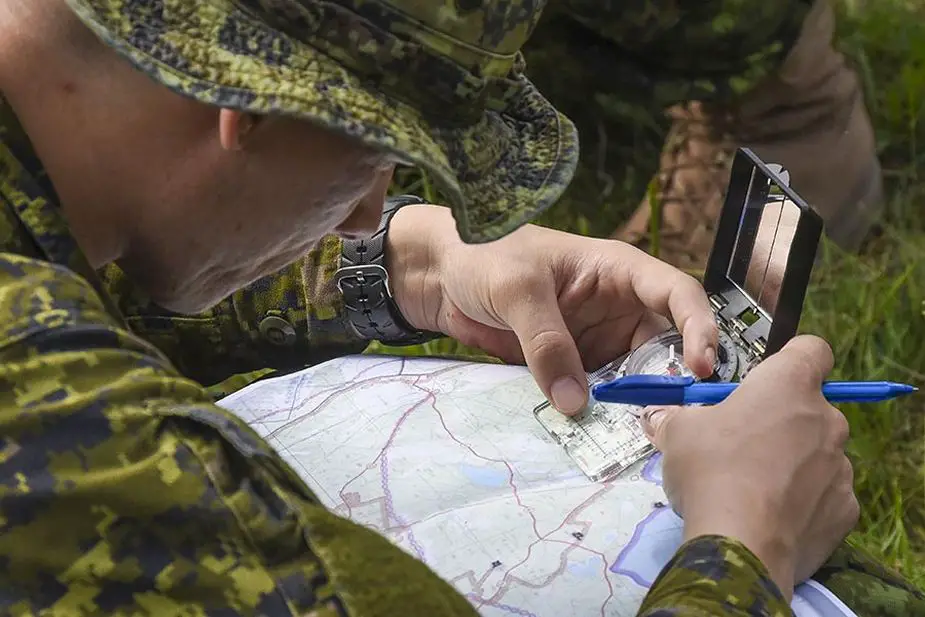Scientific advances need real-world testing to demonstrate their worth, particularly when defence and security issues are at stake. As information technologies advance and provide soldiers with increasing amounts of data to process, the risk of cognitive overload likewise becomes greater.

Soldiers must deal with increasing amounts of data in the field and Canadian defence researchers are evaluating the Integrated Soldier System – Suite as a possible solution.(source: Sub Lieutenant Delphine Bonnardot, Canadian Army )
DRDC runs the Human Systems Performance (HSP) project to examine methods to increase soldier operational effectiveness. One of the HSP efforts is validation of methods capable of measuring soldier cognitive load in a field environment. Put simply, cognitive load is the number of things a soldier must consider mentally at any one time. A cognitive-load field study was conducted during the Future Soldiers 2019 exercise at 2nd Canadian Division Support Base Valcartier.
The Canadian Army is currently introducing the Integrated Soldier System – Suite (ISS-S) to soldiers. The system seeks to enhance situational awareness, provide more precise navigational information, and improve command and control. Future plans include the use of more than 4,000 ISS-S units by CAF members. However, one of the concerns related to introducing ISS-S and similar information systems is that they may lead to an increased cognitive workload.
“Soldiers can sometimes become overburdened by the mental demands of the contemporary operating environment,” said Justin Hollands, a DRDC defence scientist in the Human Effectiveness Section, and lead for the cognitive measures study. “Our experiment sought to validate new ways to assess the cognitive load of soldiers in real time in the field. If successful, these methods will provide the CAF with an objective measure of the cognitive load associated with performing Army tasks under different conditions.”
In the trial, soldiers performed a navigation task both with and without the ISS-S unit. The task involved navigating between waypoints while avoiding a hypothetical four-corner minefield using either the ISS-S unit, or a map and compass. At the same time, they performed a secondary task called the detection response task (DRT). The DRT sent a brief vibration signal every 18 to 30 seconds to the soldier’s wrist during the primary navigation task, requiring the soldier to press a button within three to five seconds after feeling the vibration.
As navigation becomes harder, performance on the DRT becomes worse, thereby serving as a performance measure of cognitive load. Heart-rate measures were continuously monitored using the Polar® system (which has sensors in a strap worn around each soldier’s chest), as heart-rate variability is a measure of cognitive workload.
“DRDC had custom-built a ruggedized portable DRT device for the trial,” said Mr. Hollands. “This experiment is quite possibly the first real-world test of the tactile DRT to measure cognitive load in soldiers outside of the lab.” The preliminary results, he added, are promising.















